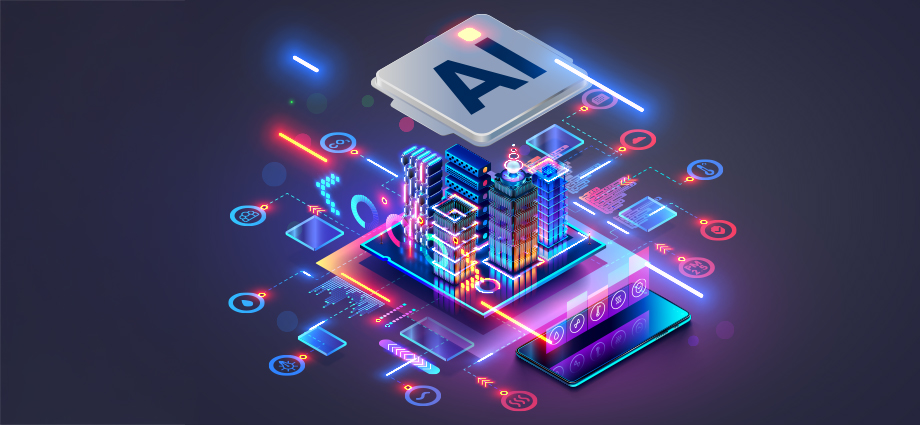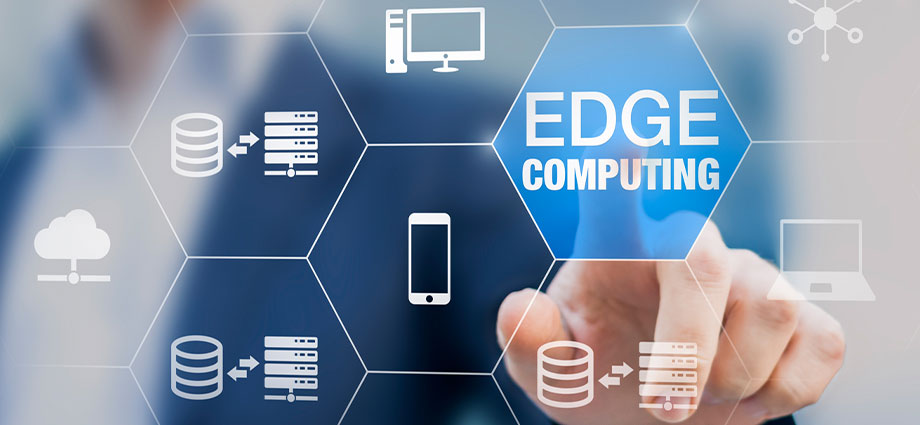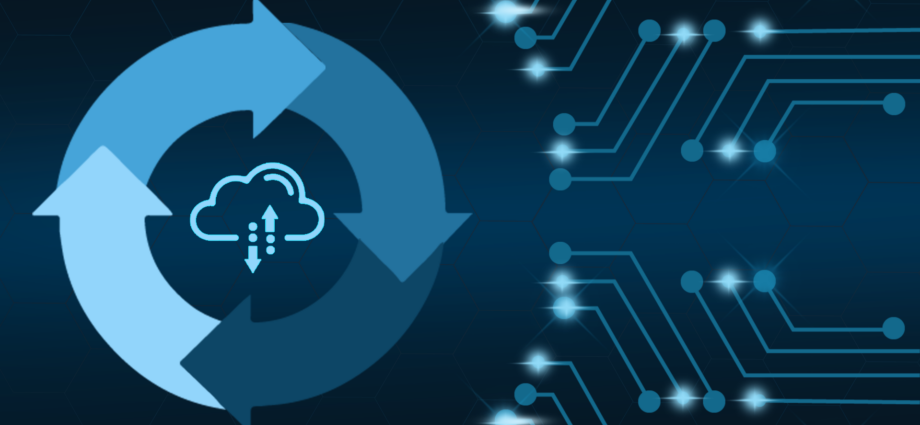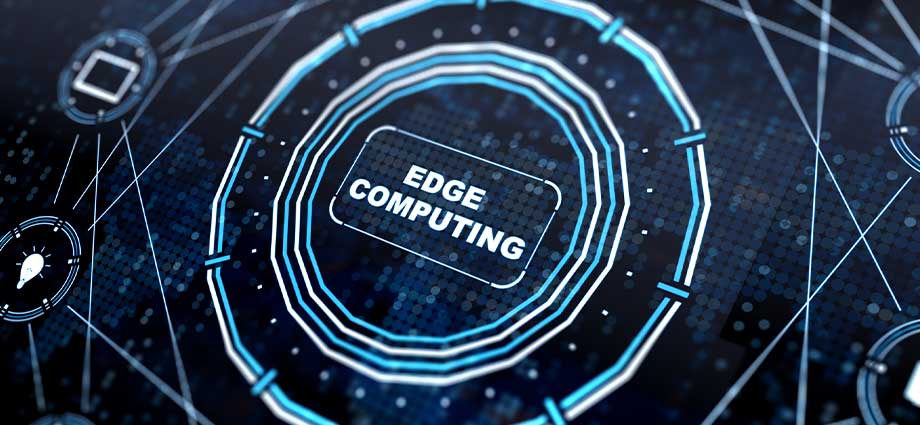
Since the Internet of Things (IoT) emerged as “the next big thing” in building automation, a lot has changed. There are now billions of connected devices, along with other technological advances, such as the rise of Industry 4.0 and Industry 5.0.
It should come as no surprise, then, that another big thing—artificial intelligence (AI)—is rapidly making its way into building automation, too.
- Product Innovation: The IoT combined with AI is enabling the development of smart, adaptive products such as intelligent AI-powered gateways.
- Risk Management: With its ability to analyze vast amounts of IoT data quickly, AI is more accurately predicting various cybersecurity risks and safety hazards.
- Automation Efficiencies: AI-enabled IoT devices are allowing for more complex tasks to be performed faster and with greater accuracy.
What are the biggest opportunities of AI in building automation?
The future of AI in building automation is bright, thanks to AI’s ability to enable improved integration and more sophisticated building management systems (BMS) support.
The AI-powered systems of the future will be smarter and more responsive. Until then, here are some ways AI can improve efficiency, occupant comfort, and security while also supporting sustainability goals.
Faster, Data-Informed Decision Making
Most automation systems are comprised of a wide variety of disparate IoT devices, sensors, equipment, and networks, all of which generate vast amounts of data. AI algorithms are helping speed data analysis to give users real-time, actionable insights so they can address a variety of issues, including energy waste. Also, with its ability to process data at the edge more rapidly, AI-enabled IoT devices can provide real-time insights for faster decision making—without the need to wait for data to be sent to distant servers.
Accurate Predictive Maintenance
In addition to analyzing data from sensors embedded in automation systems, AI also can detect patterns, trends, and anomalies within the data so that users can predict—and plan for—potential device failure. By enabling more proactive maintenance, AI is helping lower maintenance costs, reduce downtime, and extend the service life of automation equipment. Further, AI “learns” from prior data so that, over time, it improves its own predictive accuracy.
Improved Energy Management and Sustainability
AI-driven systems will optimize energy consumption by predicting and responding to real-time conditions. For example, AI can support heating, ventilation, and air conditioning (HVAC) system adjustments based on occupancy patterns and weather forecasts to help reduce energy waste and save on costs. Advanced algorithms also can help integrate renewable energy sources, manage battery storage, and participate in demand-response programs.
Enhanced Interoperability, Flexibility, and Scalability
The building automation systems of the future will be more interoperable, with AI facilitating the integration of various devices and platforms. This can allow for more comprehensive and unified control of building systems, including lighting, HVAC, security, and energy management. In addition, AI can enhance flexibility and scalability, thanks to its ability to better manage and coordinate both small- and large-scale networks of IoT devices.
Better, More Proactive Cybersecurity
AI enhances IoT cybersecurity by rapidly analyzing vast amounts of data from connected devices to detect anomalies, automate threat responses, predict vulnerabilities, and identify suspicious activity, such as unauthorized access.
Customized Occupant Experiences
AI can learn individual preferences for lighting, temperature, sound, etc., and make automatic adjustments to accommodate these preferences. As such, AI-driven automation will streamline operations and processes, ranging from access control to visitor management to resource allocation.
Data, AI-Powered Gateways and the Cloud
IoT devices generate tons of data, all of which needs to be processed quickly and efficiently to provide real-time data monitoring, analysis, and notifications. Thanks to the help of an IoT gateway like FieldServer™, some data is processed at the edge while more robust data sets are pushed to the cloud.
Then along comes AI and things are about to change for the better. That’s because AI is helping system integrators overcome some of these big challenges when pushing data to the cloud:
- Outdated legacy systems and older protocols weren’t designed with the cloud in mind.
- Encryption, access, and data protection are already crucial so opening to the cloud only adds another layer of complexity.
- Sending large volumes of data requires a lot of bandwidth.
- The BMS must function continuously, even if cloud connectivity gets interrupted.
- BACnet, Modbus, and other protocols may be incompatible with cloud-based protocols.
- Data transmission and storage must be considered in terms of compliance.
- Unifying and connecting systems becomes complicated when there are a wide variety of disparate IoT devices involved.
- Adding infrastructure to support cloud connectivity can be costly.
The good news is that many of these challenges can be overcome with the help of IoT gateways that:
- Enable cloud connectivity for new and legacy devices.
- Have a dedicated port for cloud connectivity with enhanced security.
- Provide secure Wi-Fi, Cellular, and wired connectivity.
- Deliver remote monitoring, control, and notifications.
- Is equipped with cloud messaging protocols, such as MQTT, Webhooks and RESTful API.
- Offers seamless integration without requiring additional infrastructure of extensive changes to underlying systems.
- Meet industry security standards.
FieldServer gateway and cloud products are among those leading the way toward smarter, more responsive and sustainable automation environments. To schedule a demo or to learn more, contact an MSA Representative today.






